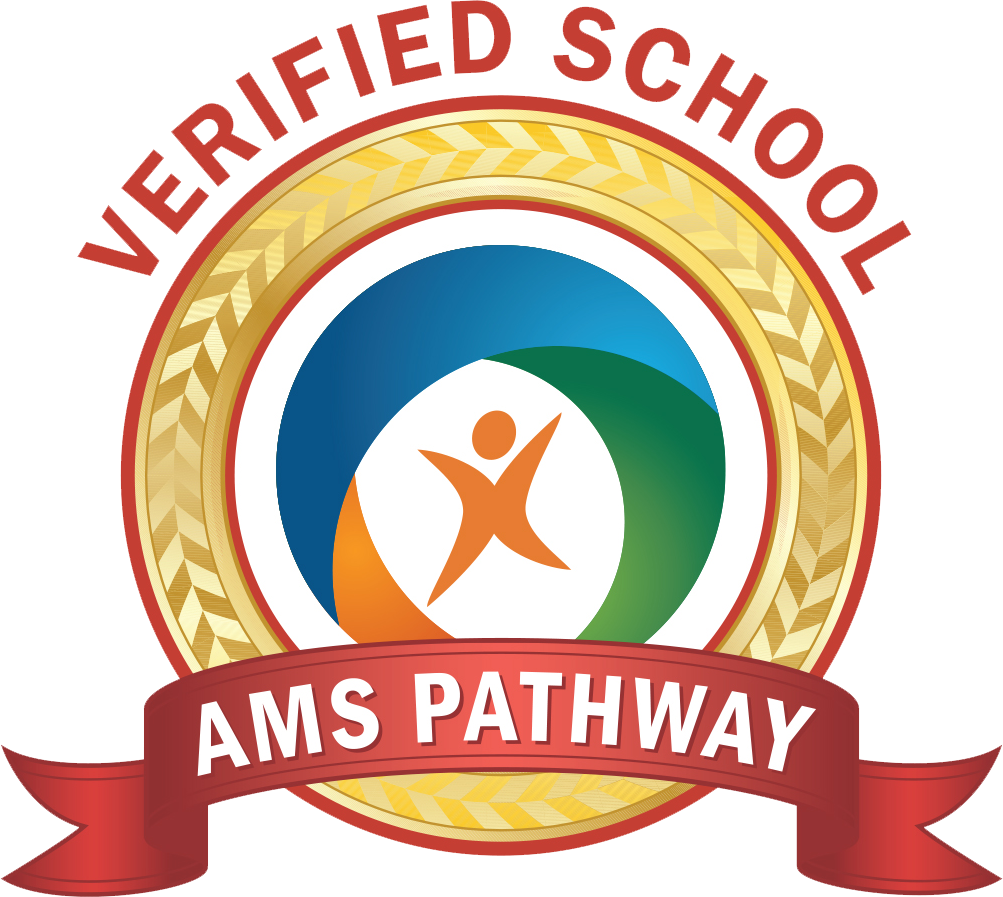The Value of Mindfulness Practices in the Classroom
Maria Montessori, founder of the Montessori Method, was not familiar with the term mindfulness as we understand it today. However, she was very tuned in to the need for such personal work and the validation of the inner self. From the beginning, Montessori children played the “Silence Game.” This encouraged a child’s ability to quiet himself, to come to calm, to sense a shift in energy level, to read oneself. Mindfulness puts the individual in observation mode with the opportunity to exercise executive functions of the brain. Mindfulness practice has been a daily part of Casa di Mir Montessori School's classrooms since the school opened in 1989.
With mindfulness practices children:
- Develop a strong sense of their inner self and get in touch with what is really valued.
- Affirm the inner life and creation of a space to retreat to for a sense of peace, rejuvenation or choice making.
- Develop the ability to be in touch with what is sensed not just with the 5 senses but their intuitive sense.
- Develop the inner language of compassion, patience, forgiveness, encouragement of self.
- Strengthen the ability to concentrate.
- Strengthen the power of self-regulation or self-discipline.
- Grasp the ability to use imagination for learning.
How is mindfulness practiced in the classroom?
- Morning circles provide time for meditation and guided imagery.
- Quiet time opportunities are used as needed to reset self when energy is beyond a level needed or emotions are interrupting learning.
- Coming to calm and observation are practiced when approaching conflict resolution.
- Children may choose to sit or lay in a quiet place (like the library couch) when they feel they need to transition to a place of readiness to work in the classroom.
- Silent, sensory walks are taken when on trips to our natural environments.
- A child can choose a different place to work that allows them to be in their learning zone.
- The “sponge” practice is used to quiet the body and focus the mind. (Sponge = Savasana in Yoga practice, basically body at rest).
- Sensory experiences are very mindful practices and are a strong part of the primary classrooms.
- Aikido is a whole-body mindfulness practice.
- Journaling is a reflective mindful practice.
A strong connection with our inner self is absolutely essential to a peaceful life. It is a positive support to us when we are faced with all of life’s challenges. Giving this experience to our children will help them navigate through life by staying connected to their inner selves and their values.
Wanda Whitehead
Director of Education
Casa di Mir Montessori

